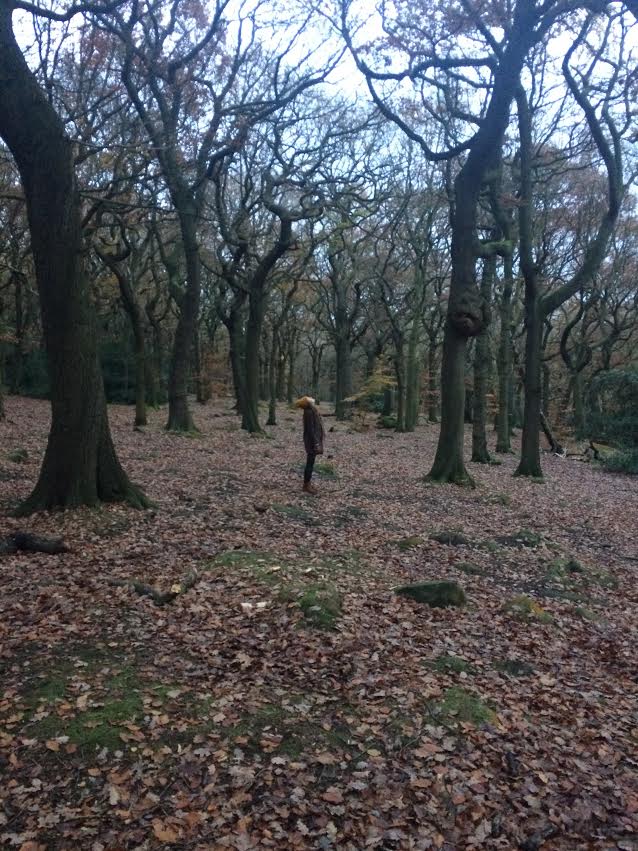George Crompton discusses where to find examples of wilderness in Britain, despite all the challenges it faces.
In these times of conformist despair I often find myself witless and with nowhere to turn but the endless monotony of city-living; walking the perilous plank of narrow pavements, with traffic lights permanently in favour of the cars, the taxis, the vans, the trucks, the buses and motor chaos surrounded by emotionless blocks of concrete and steel. Many see the city as a thriving metropolis of opportunity and excitement and I’m not denying that Leeds is my favourite UK city; with its endless stream of new music and historically ingrained culture, it stands as a force to be reckoned with.
I cannot, however, abandon my countryside roots and although I relish the thought of returning to Leeds after a summer of country quiet, I know I’m going to need an escape before long. During these pangs of feral longing, I glorify the wild open lands of North America and Asia, among others, and dream of a mountain-valley devoid of roads and modern technology that I can call my own.

I remain an indebted student on this most managed little island, and with few wild places left at all I still long to find my Walden; something which seems to be increasingly difficult within the cosy country hills and rolling fields of sheep and cows. We don’t officially have any wilderness here in Britain, according to the International Union of the Conservation of Nature (IUCN) and I find this distressing; where am I and all my disillusioned friends to go when the city gets too much? It must be said that, when you walk across the open moors, that “blasted heath”, it couldn’t feel anything but wild. But the IUCN is right. Hundreds of years of deforestation and grazing have led to a treeless expanse of heather and gorse, good for the grouse but less so for those of us disinclined to relax by shooting small birds from out of the sky.
I often wonder: where has all the nature gone?
During a recent summer visit to Dartmoor, the “wild” country of my childhood, I stumbled upon an old plantation, no more than 150m by 250m where it seemed nature had taken over. Numerous species of moss could be seen in every direction, adorning the trees and forest floor, while clovers and other wildflowers sprung up like miniature trees. Looking at the flora from this insect perspective made me view the entire copse as a huge magnificent rainforest, with ferns like towering palms and feather-mosses like conifers. It was like a jungle miniature of the surrounding wood, a many-layered symphony of escapism in the growing fractal of nature’s takeover. It was clear this place had a high species richness, with more ground-dwelling plants than one could count, and a seemingly endless array of invertebrates. Further evidence of foxes, badgers and hedgehogs showed that here was a miniature microcosm of contemporary British nature. Dartmoor has other examples; one of the last remaining ancient oak woodlands, Wistman’s Wood and the forests surrounding the River Dart Valley, which never got cut down due to its “useless” steep relief.

We have our own examples right here in Leeds; anyone who’s walked along Woodhouse Ridge will have seen the twisted trunks of the elderly oaks in Batty’s Wood, West Yorkshire’s only ancient woodland. Follow the ridge and it evolves into the Meanwood Valley Trail, a thin line of green reaching into the heart of the city all the way from out beyond Adel. A short way along you’ll find Meanwood Park: complete with a secret abandoned quarry colonised by glorious oaks.
I saw more evidence of this micro-wilderness while working for the Devon Wildlife Trust on their captive beaver project. The single breeding pair transformed the once sparse field into a rich and diverse ecosystem, through natural coppicing and wetland creation. This was further encouraged by a reduction of grazing as a result of the fences designed to keep the beavers in.
It remains to be said then, if you’re one of those who suffer from city-saturation, finding a serene escape is far easier than first appears. So is the prospect of bringing back our wild Britain, dependent on how you perceive the nature we have. Leeds as a city can be fantastically green if you know where to look, something which I often berate myself for neglecting due to my desire to return the land and people of this country to the feral wilderness from which we grew. I find inspiration in the micro-wilderness, the little gems of pre-historical snapshots inviting you in to lose your sense of self and realign. These ghosts of a wild land past may be the perfect canvas on which to apply the wilding brush, and leaves me wondering, perhaps we do have wilderness in Britain; or is it wilderness potential?
For more information and ideas:
www.rewildingbritain.org.uk
www.ywt.org.uk
George Crompton

